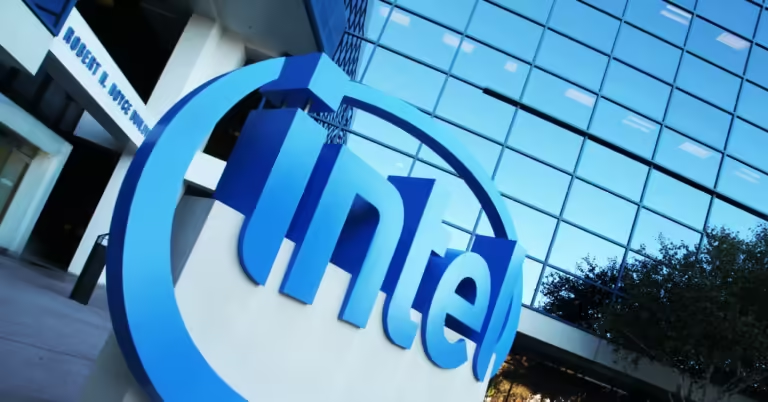Intel said today it would cut 15% of its workforce, or more than 15,000 jobs, as it struggles to recover from disappointing results, a move that is likely to raise taxpayer eyebrows. In March, the U.S. government said it would provide at least $8.5 billion to help Intel restructure its U.S. semiconductor manufacturing operations.
Intel reported that its second-quarter revenue was down 1 percent compared to the same period a year ago. “We don’t take this lightly and we carefully considered the impact it will have on the Intel family,” CEO Pat Gelsinger said during the company’s earnings call today. “This is a difficult decision, but one that was necessary. These cuts will not impact our ability to execute on our plans.”
Intel said the job cuts will affect areas such as sales, marketing and administration and are part of an overall cost-cutting plan. The move follows a 5% workforce reduction Intel announced last year.
“There’s going to be a ton of job losses,” Patrick Moorhead, principal analyst at semiconductor industry consultancy Moor Insights & Strategy, told WIRED. But Moorhead said a positive sign is that the proposed cuts are targeted, rather than across the board. “Labor cuts don’t necessarily mean there’s something wrong with a company, but to me it’s all about strategy,” he said.
Intel has been struggling to execute a difficult turnaround plan that includes a refocus on making chips for other companies through its foundry business and a rapid transition to more advanced manufacturing methods. The company said in February that it was on track to become the world’s second-largest foundry company by 2030, with an accelerated roadmap for advanced chip manufacturing. Intel said today it remains on track to meet those goals.
The funding Intel received in March was the largest grant ever awarded by the U.S. government through the CHIPS Act passed in 2022, which allocates $52.7 billion to reshoring chip manufacturing and investing in chip research and workforce training. The company also receives tax credits of up to 25% on $100 billion of investments and is eligible for federal loans of up to $11 billion.
The $8.5 billion given to Intel will go towards building factories in Arizona, New Mexico, Ohio and Oregon. Intel said its investment in these chip manufacturing plants will create more than 10,000 corporate jobs, 20,000 construction jobs and thousands more support industry jobs. “The money that Intel is bringing in is going to build factories,” said Moorhead of Moor Insights & Strategy. “It’s not stopping, it’s creating a lot of jobs.”
After decades of success fueled by the rise of personal computing, Intel struggled to capitalize on the smartphone era, ceding market share to chips based on Arm designs. More recently, Nvidia, which started out making gaming graphics chips, has risen due to its importance in hardware for training AI algorithms. Intel has also fallen behind manufacturing rivals TSMC of Taiwan and Samsung of South Korea.
The U.S. government is funding Intel’s turnaround because it sees advanced chips as crucial to economic and geopolitical competitiveness. The pandemic has highlighted how vulnerable many U.S. industries are to fragile global supply chains. Advanced chips are also essential to building AI, which is increasingly being seen as a national responsibility.
The United States currently produces 12% of the world’s semiconductors, up from 37% in the 1990s. Consulting firm McKinsey predicts that the semiconductor industry will see impressive growth this decade, from $600 billion in 2021 to more than $1 trillion by 2030.
Tech Insights analyst Dan Hutchison said Intel’s revenue shortfall reflects an ongoing shift to data center computing with a focus on AI. “Previously,[Intel]owned the data center,” Hutchison said. “In the last few years, the big hyperscalers have started to focus on AI and GPUs — the whole AI data center thing.”
Hutchison said Intel’s overall strategy seems logical, but the job cuts suggest the company is struggling to resolve the dysfunction that caused it to fall behind in the first place.

